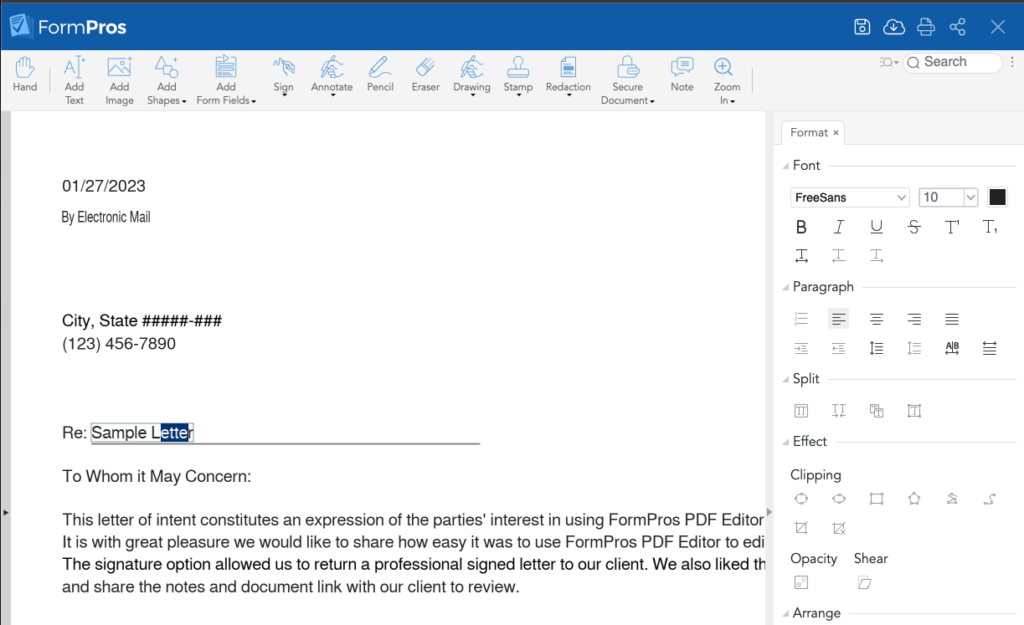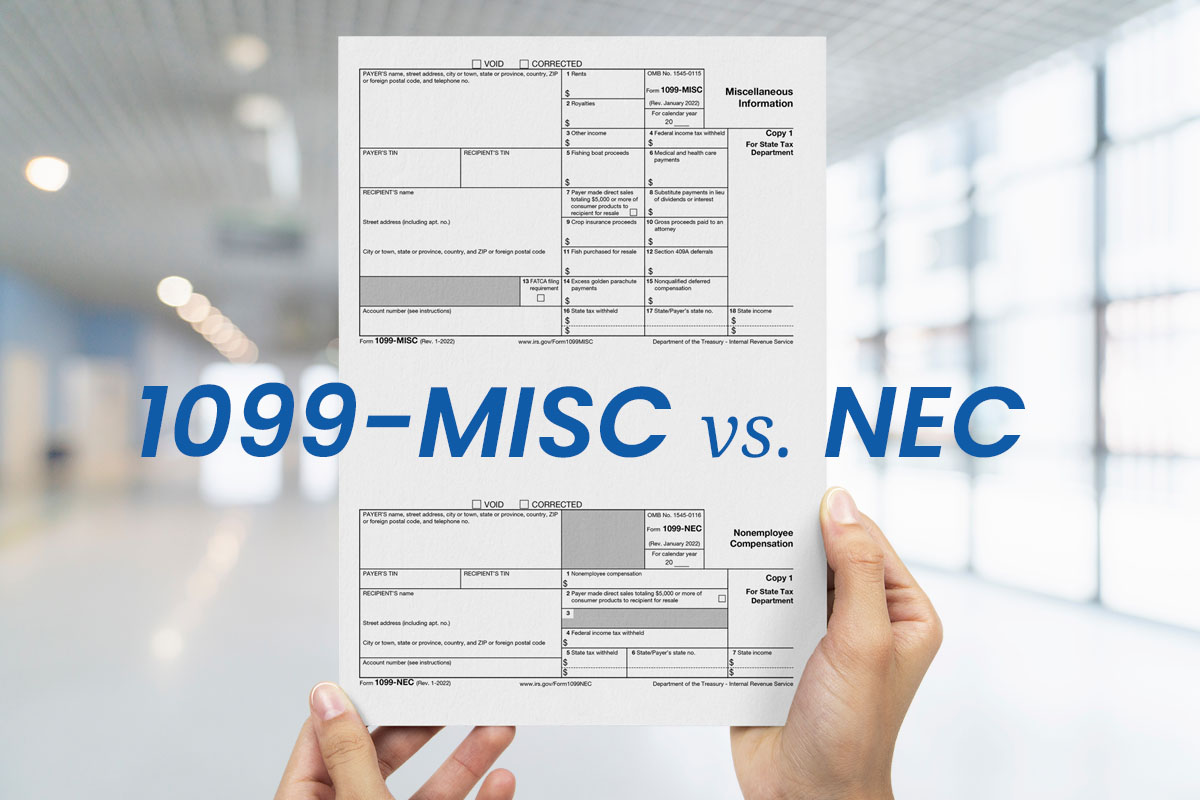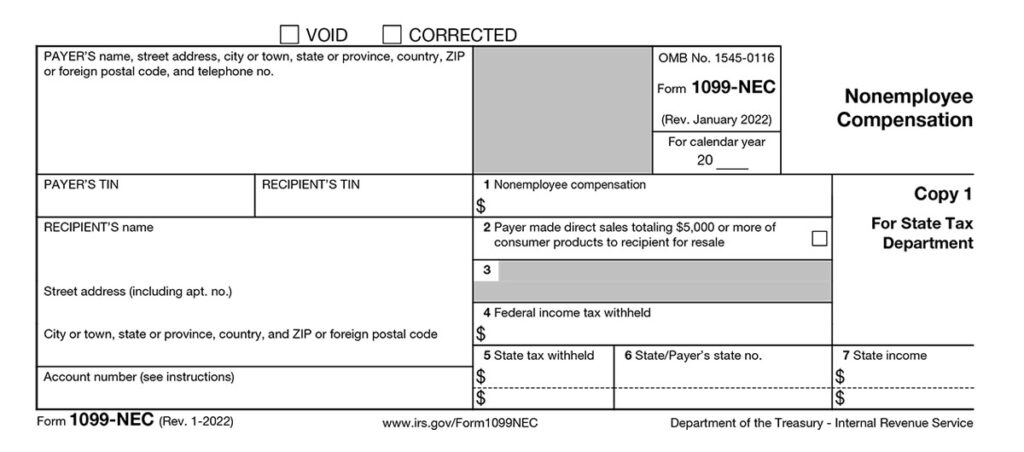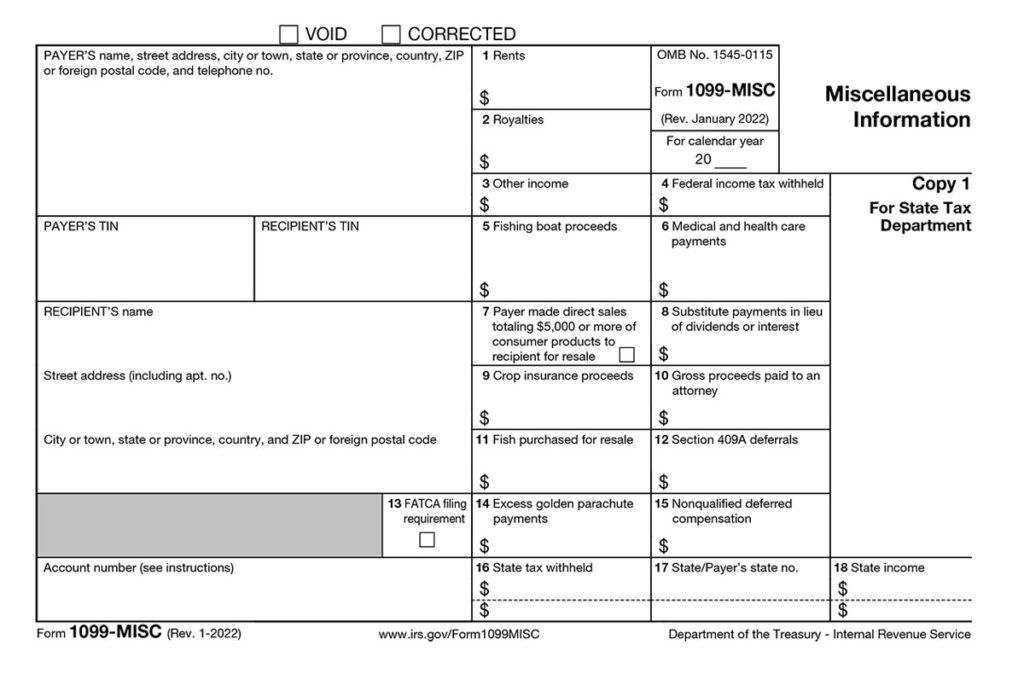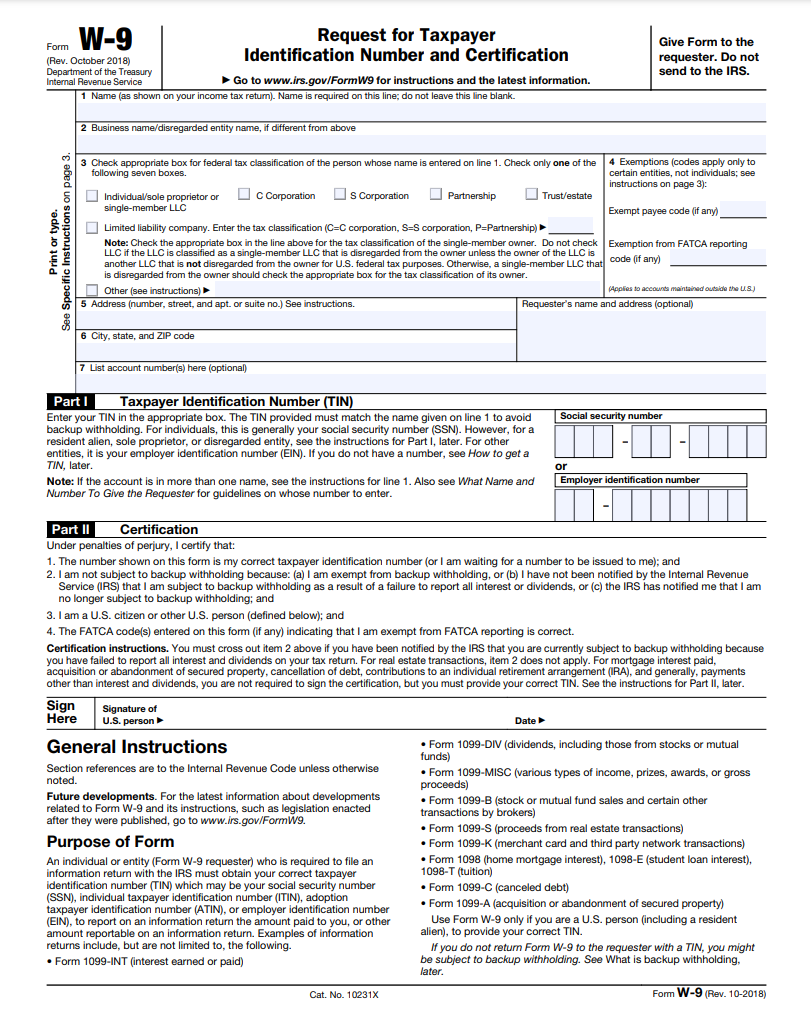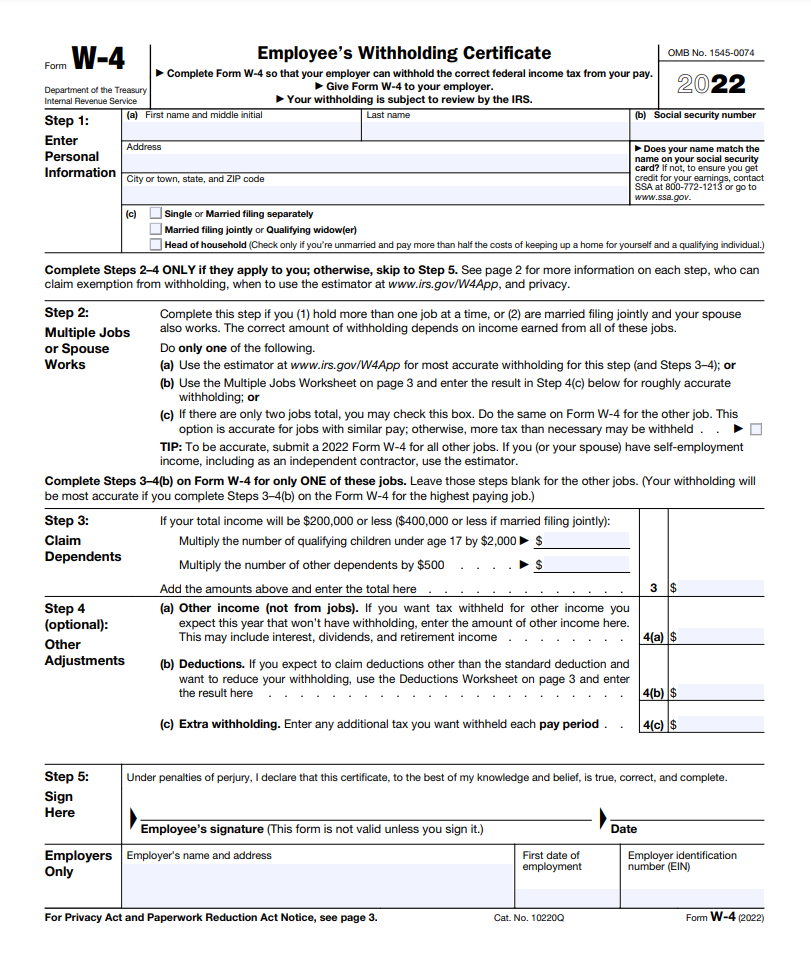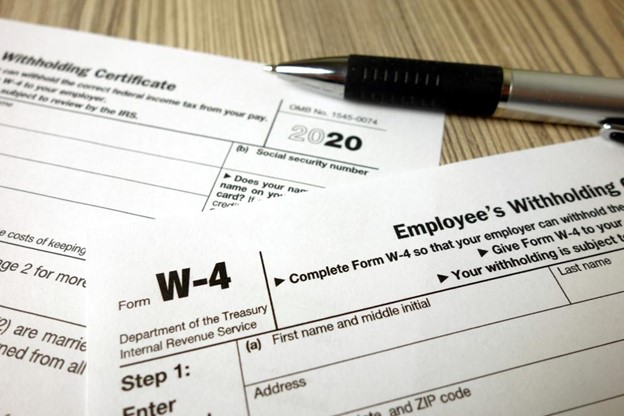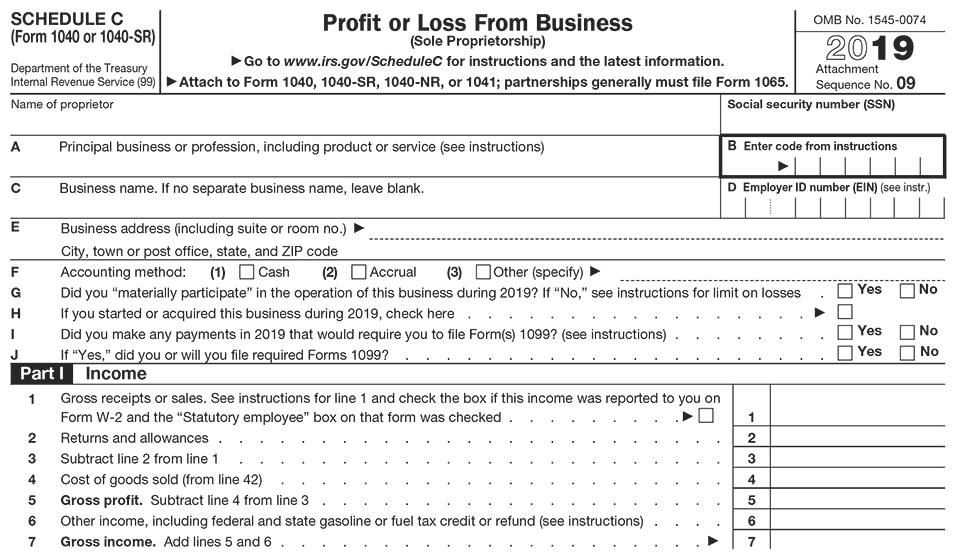Common Mistakes to Avoid in Your LLC Operating Agreement

When forming a Limited Liability Company (LLC), most business owners focus on the exciting parts. These include launching the brand, opening a bank account, or gaining their first clients. But amid all the excitement, many business owners overlook or rush one critical document: the Operating Agreement.
An Operating Agreement is the internal rulebook for your LLC. The Operating Agreement explains how the business operates and how members make decisions. It also details how the LLC distributes profits and handles member departures. Some states don’t legally require an Operating Agreement. However, failing to create one can lead to costly misunderstandings, internal conflict, and even court battles.
Unfortunately, many small business owners make common mistakes in this document. These errors can jeopardize the long-term health and structure of their business. In this article, we’ll break down the most frequent errors LLC owners make when drafting their Operating Agreements. We’ll also show you how to avoid them.
1) Failing to Create an Operating Agreement at All
One of the most common—and most damaging—mistakes new business owners make is simply not creating an Operating Agreement at all. This often happens with single-member LLCs or among partners who trust each other and assume they won’t run into problems.
But skipping this document can leave your LLC exposed. Without a written agreement, your business may be subject to default state laws that might not reflect your intentions. You also risk undermining the limited liability protection that an LLC provides. In the absence of formal documentation, courts may treat the business and its owner as legally indistinguishable, which could put your personal assets at risk.
Real-World Example:
A single-member LLC owner in Florida faced a lawsuit over a business dispute. Hoping to shield personal assets, he relied on his LLC status—but he had never created an Operating Agreement or kept clear financial separation between personal and business accounts. The court ruled that the LLC structure didn’t apply and allowed creditors to go after his personal finances.
Practical Solution:
Always create an Operating Agreement—even if you’re the sole owner. It not only demonstrates the separation between you and your business but also helps establish internal structure, clarify operations, and reinforce your liability protection in the eyes of the law.
2) Using a Generic or Template Agreement Without Customization

It’s tempting to grab a free Operating Agreement template online, fill in the names, and move on. While templates can provide a useful starting point, failing to customize them to fit your specific business situation is a critical error.
Every LLC is different—ownership percentages, member responsibilities, capital contributions, and voting rights all vary. A generic agreement may contain default clauses that don’t reflect your actual arrangements, leading to confusion, disputes, or unenforceable terms down the road.
Real-World Example:
A fitness studio was launched by two co-owners—one invested 70% of the startup capital and the other 30%. They used a free Operating Agreement template without making changes. The default profit-sharing clause split everything 50/50, which the less-invested partner was happy to accept. But once revenue started flowing, tensions rose, and the business relationship deteriorated due to the unadjusted terms.
Practical Solution:
Start with a trusted template if needed—but don’t stop there. Review every section and revise it to reflect your LLC’s specific structure. Customize details like ownership percentages, voting rights, member responsibilities, and how profits and losses are distributed.
At FormPros, we offer professionally designed, customizable Operating Agreement templates that can be tailored to your business needs in minutes. Our tool helps ensure you’re not stuck with vague or default terms that could create problems later. For extra peace of mind, consider reviewing the final version with a legal or business formation expert.
3) Vague or Missing Provisions for Profit Distribution
Profit distribution is one of the most important elements of an LLC Operating Agreement—yet it’s often handled with assumptions or left out altogether. Many business owners presume profits will be divided evenly or in line with ownership percentages, but if that’s not clearly spelled out in writing, it can quickly lead to conflict.
Lack of clarity around distributions can create confusion over when profits are paid, how much each member receives, and what happens when reinvestment is needed. Without explicit provisions, members may have different expectations, and disputes can arise over perceived fairness or entitlement.
Real-World Example:
Three founders launched an eCommerce LLC and contributed varying amounts of capital—one partner provided 60%, another 30%, and the third only 10%. They never formalized profit-sharing in their Operating Agreement. When the business became profitable, the majority investor expected a larger return. The others pushed for equal splits. The disagreement stalled distributions and nearly derailed future investment plans.
Practical Solution:
Be specific. Your Operating Agreement should outline how and when profits are distributed, whether proportionally based on ownership, initial investment, or another agreed-upon formula. With FormPros, you can generate an Operating Agreement that includes customizable distribution clauses, making it easy to align your agreement with your business’s financial structure.
4) Ignoring Procedures for Adding or Removing Members

LLC ownership isn’t always static. Over time, new members may join, or existing members may leave or want to sell their share. Without clear procedures outlined in your Operating Agreement, these transitions can lead to serious complications—disagreements over buyouts, decision-making paralysis, or even forced dissolution.
This is particularly risky for multi-member LLCs, where one person’s exit can affect everything from voting rights to profit splits. Without a roadmap, the departure or addition of a member can halt operations or trigger costly legal battles.
Real-World Example:
A creative agency formed as an LLC with three partners. After two years, one member moved out of state and wanted to sell her share. The Operating Agreement had no exit or transfer clauses. The remaining members couldn’t agree on a valuation or payment terms. The dispute dragged on for months, putting client relationships and company momentum at risk.
Practical Solution:
Include clear procedures in your Operating Agreement for adding, removing, or transferring members. Define how membership interests are valued, who can buy them, and under what conditions.
5) Overlooking Dispute Resolution Mechanisms
No matter how aligned business partners are at the start, disagreements are almost inevitable. Unfortunately, many Operating Agreements fail to include a plan for how to handle disputes when they arise. Without this guidance, internal conflicts can escalate to lawsuits, draining your time, money, and energy.
Common issues—like disagreements over spending, hiring, or business direction—can turn into legal battles if members have no pre-agreed process for resolving them. Worse, going straight to court can damage reputations and destroy working relationships.
Real-World Example:
Two co-owners of a fast-growing restaurant chain clashed over whether to franchise. The Operating Agreement didn’t include any dispute resolution process, so the disagreement landed in court. The legal fees exceeded $50,000, and the stress derailed their expansion plans.
Practical Solution:
Build in a dispute resolution clause that outlines steps like internal mediation, third-party arbitration, or binding decisions from a designated advisor. This keeps disagreements from escalating and protects the business.
Set Your LLC Up for Success
An LLC Operating Agreement isn’t just a formality—it’s the backbone of your business operations and internal governance. Whether you’re forming a single-member LLC or partnering with others, avoiding the common mistakes outlined above can save you from legal trouble, financial disputes, and operational headaches down the road.
From failing to draft an agreement altogether to overlooking vital clauses like profit distribution or member exits, these missteps are surprisingly common—but entirely preventable.
At FormPros, we make it easy to get it right from the start. Our platform is the premium destination to download a fully customizable LLC Operating Agreement, designed to fit your specific needs. Whether you’re creating your first business or expanding into new ventures, you can also use FormPros to form your LLC online quickly and accurately.
Create Your LLC Operating Agreement
FormPros Has You Covered
Simplify your paperwork with FormPros! From creating paystubs, W-2s, and 1099-NEC forms to generating employment verification letters and even voided checks, our easy-to-use platform has you covered. Save time, reduce errors, and handle your business documents with confidence. Start now and see how FormPros makes professional form generation fast, affordable, and hassle-free!
FormPros Can Help!
- Legal Contracts
- Tax Forms
- PDF Editor
- Document Signing





